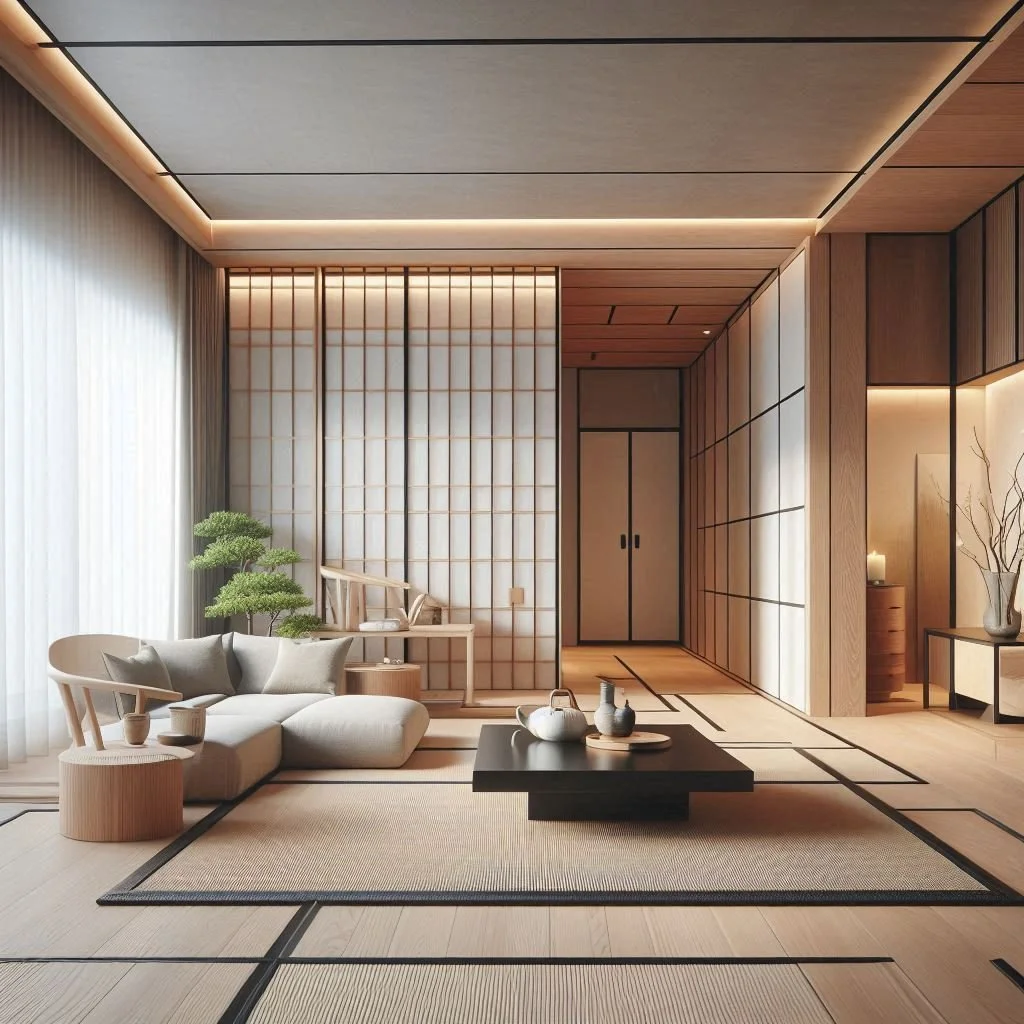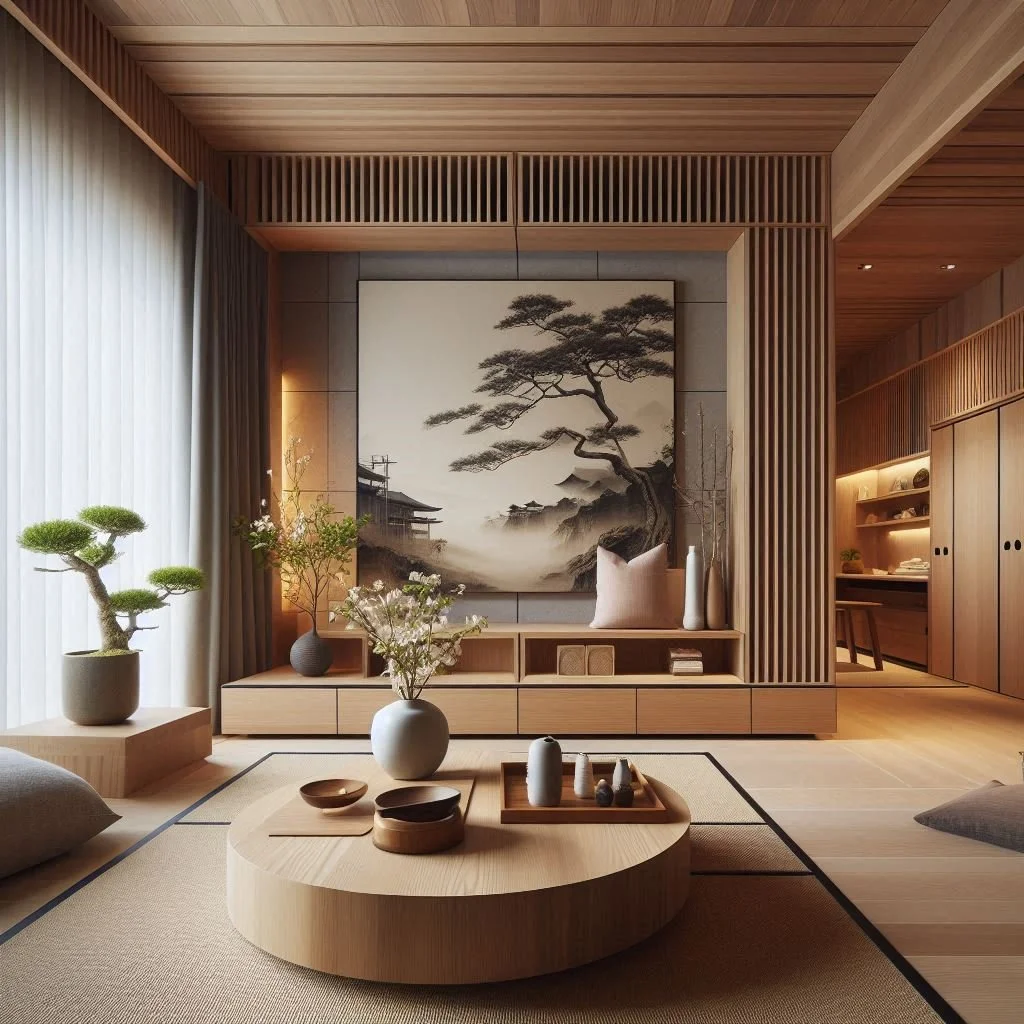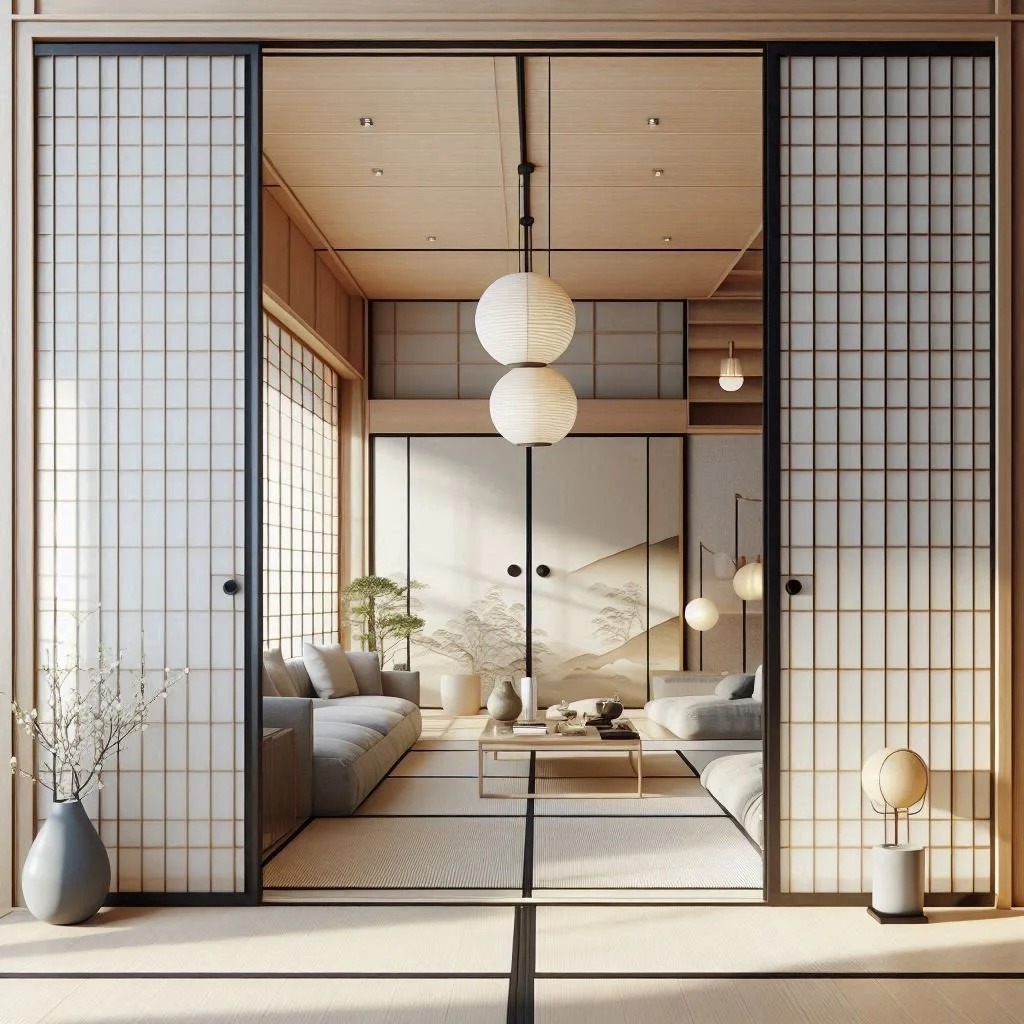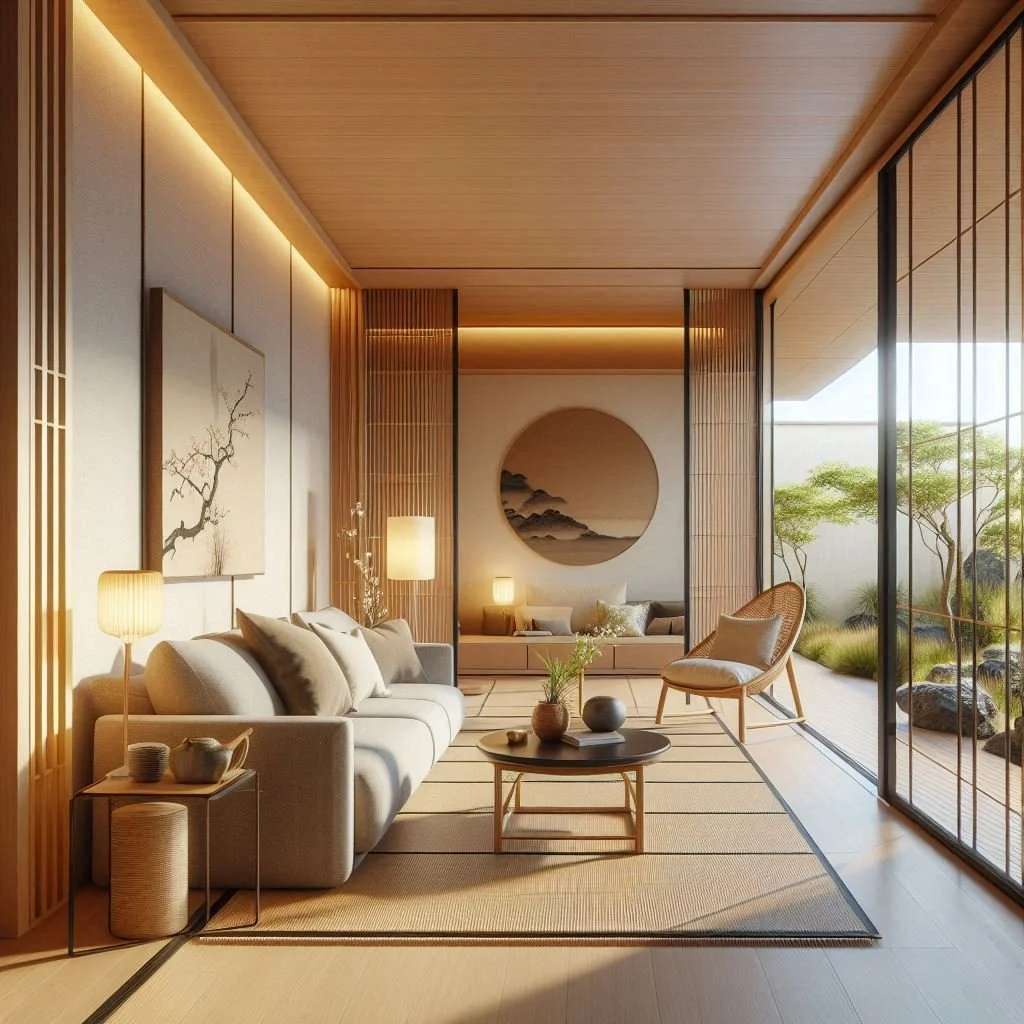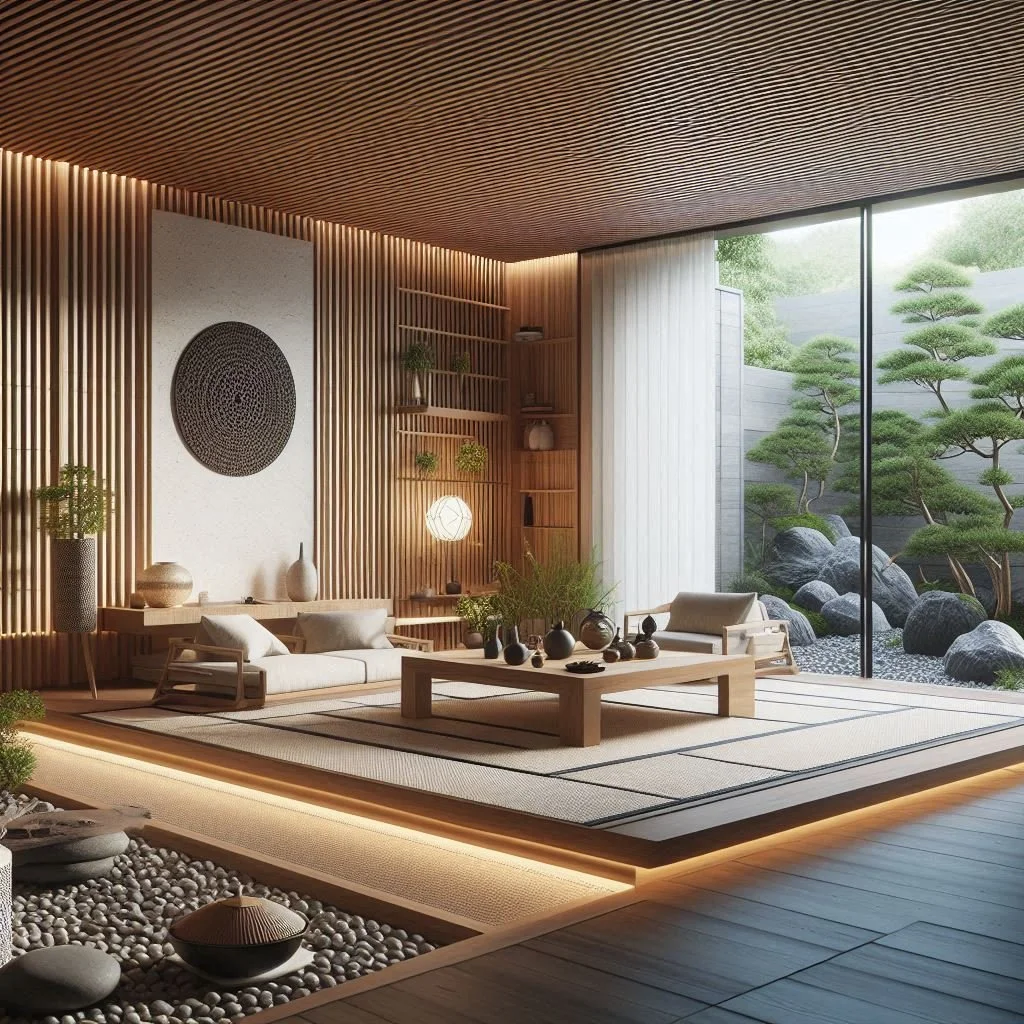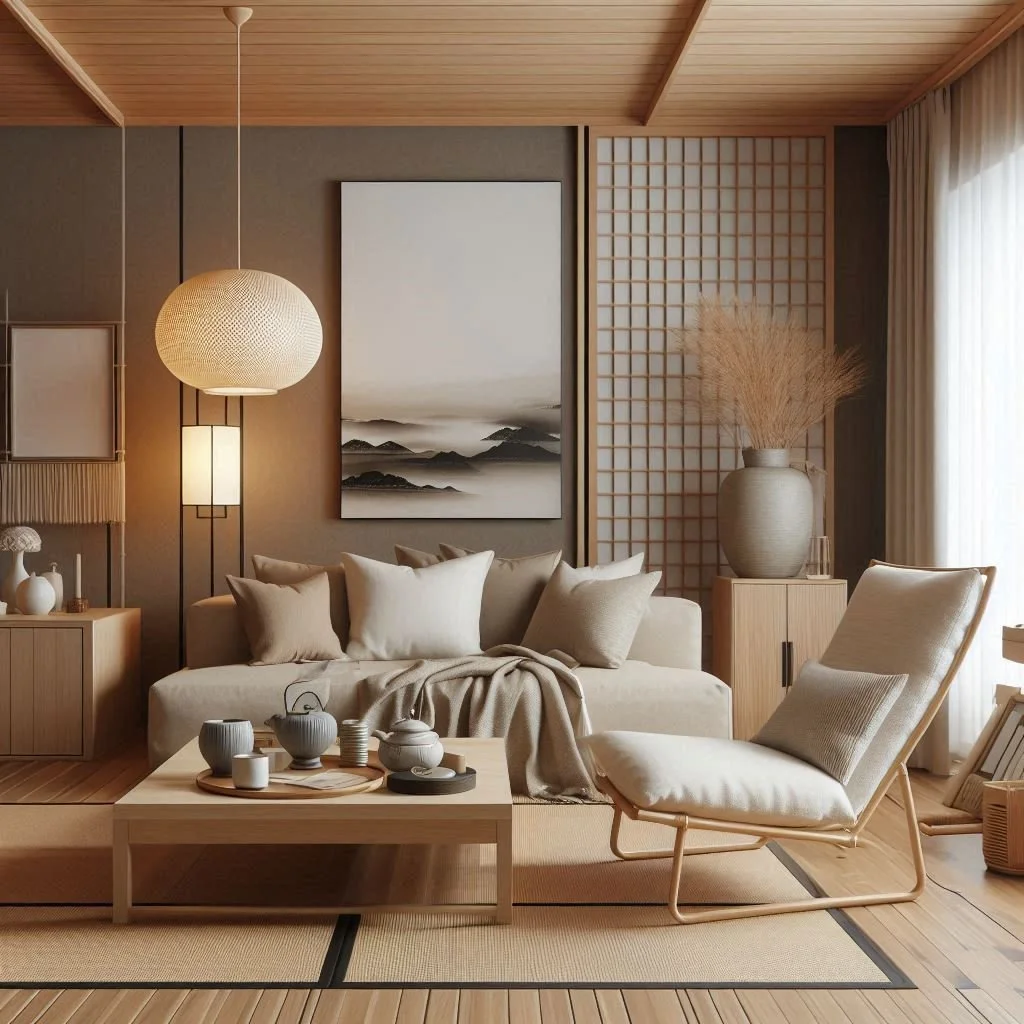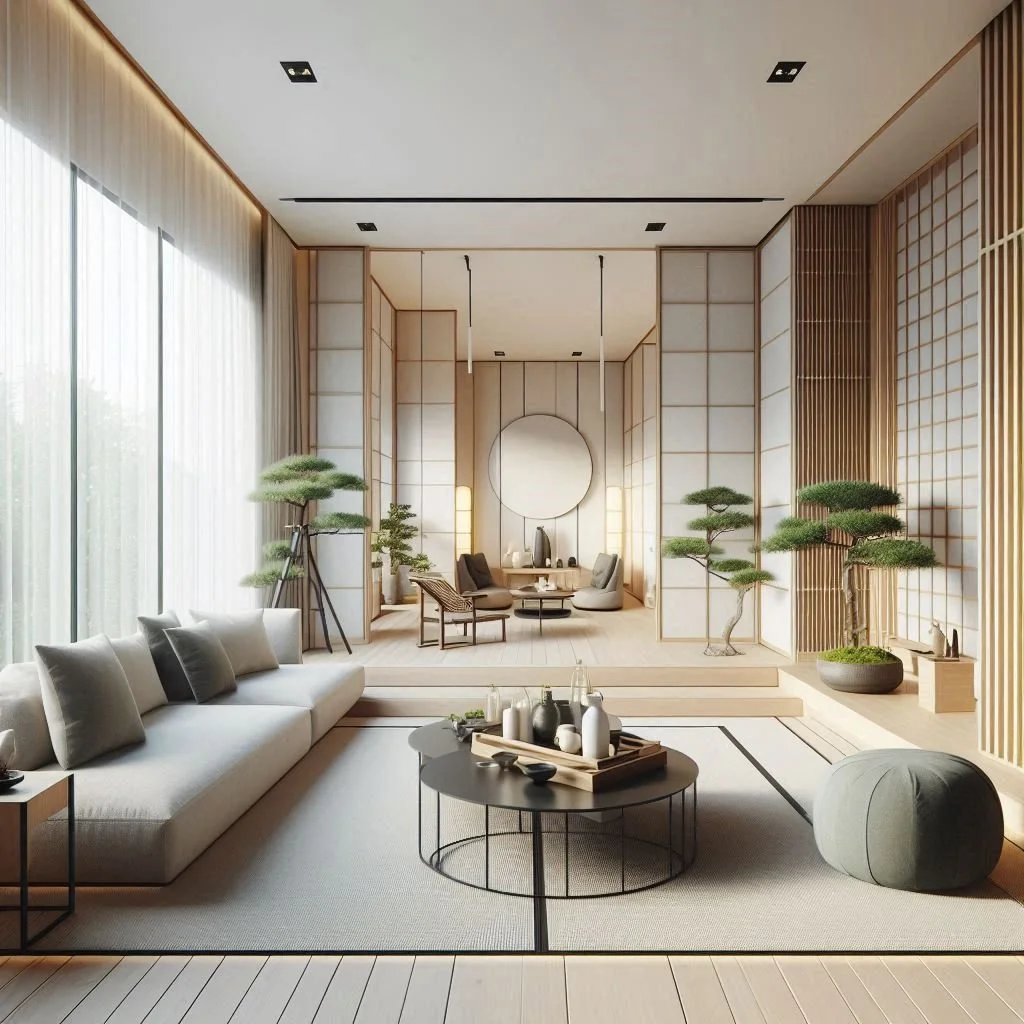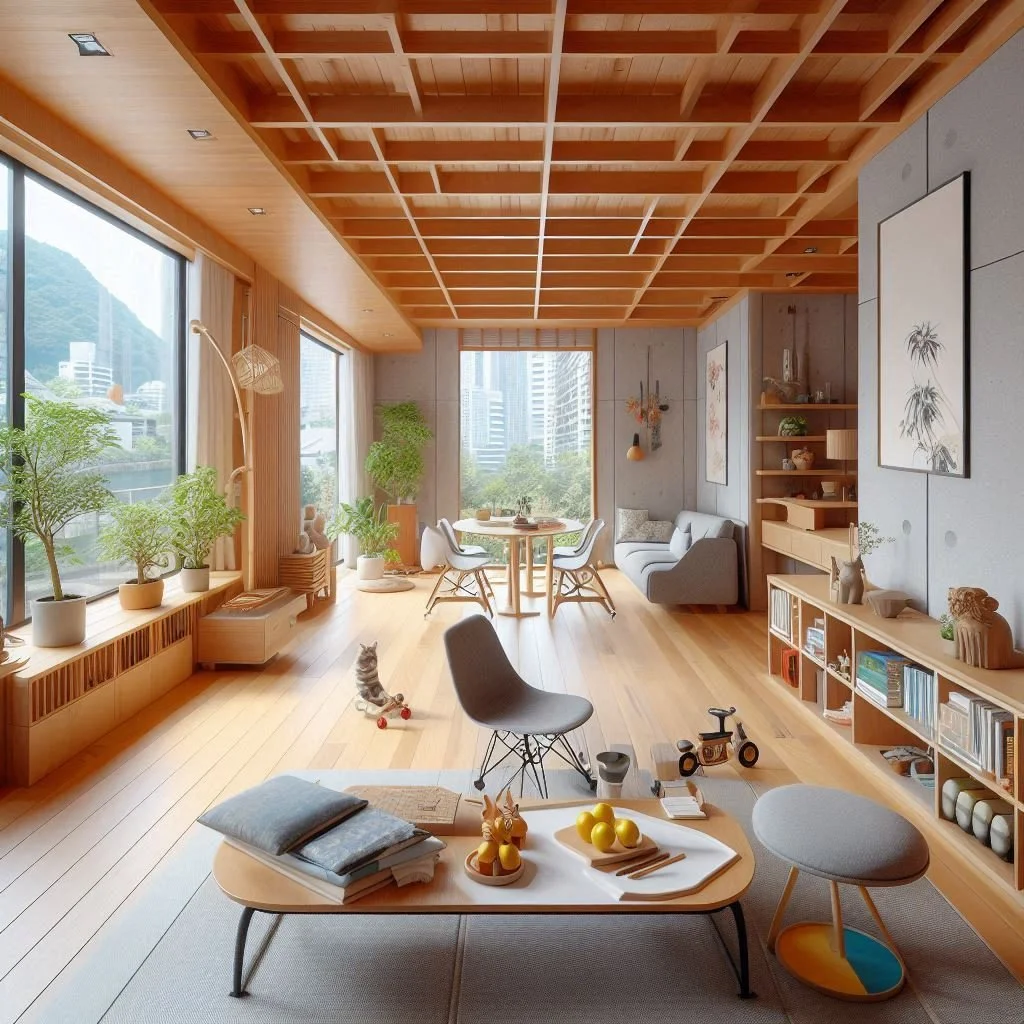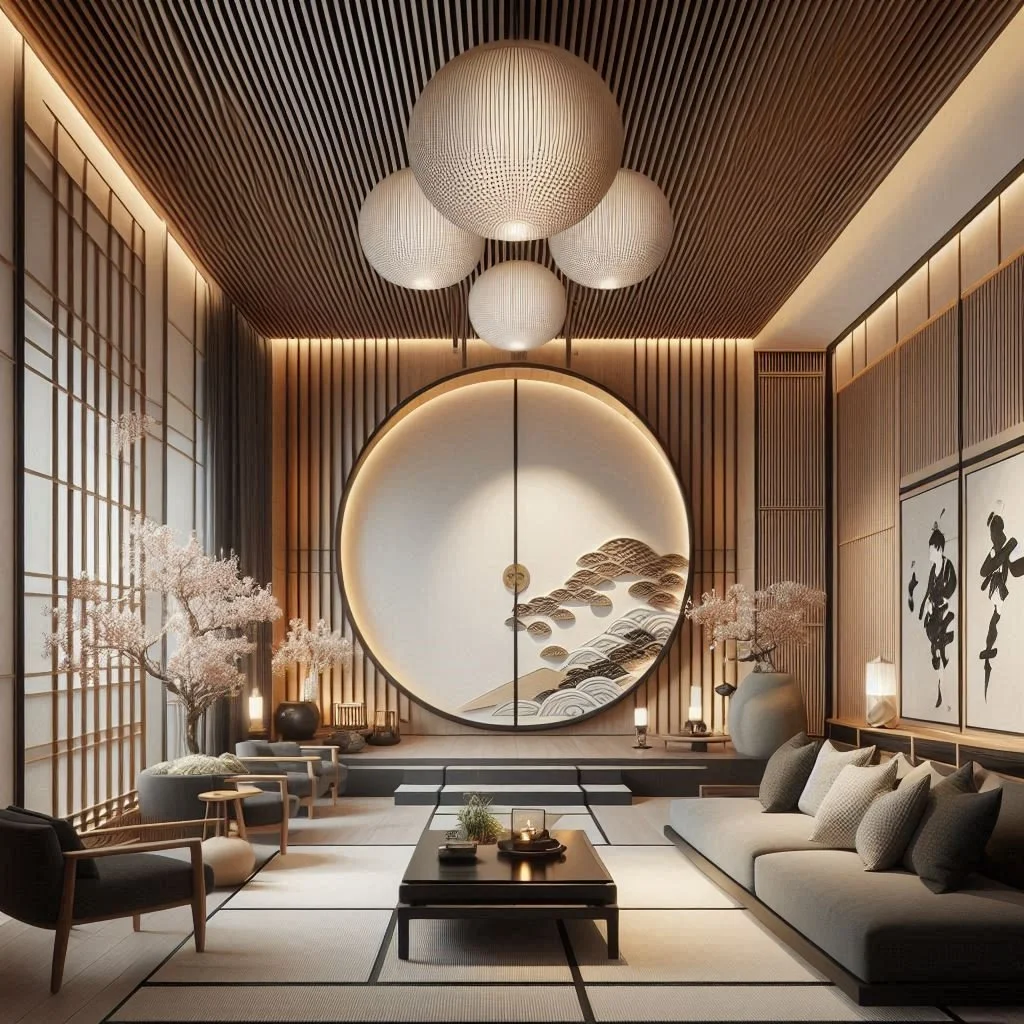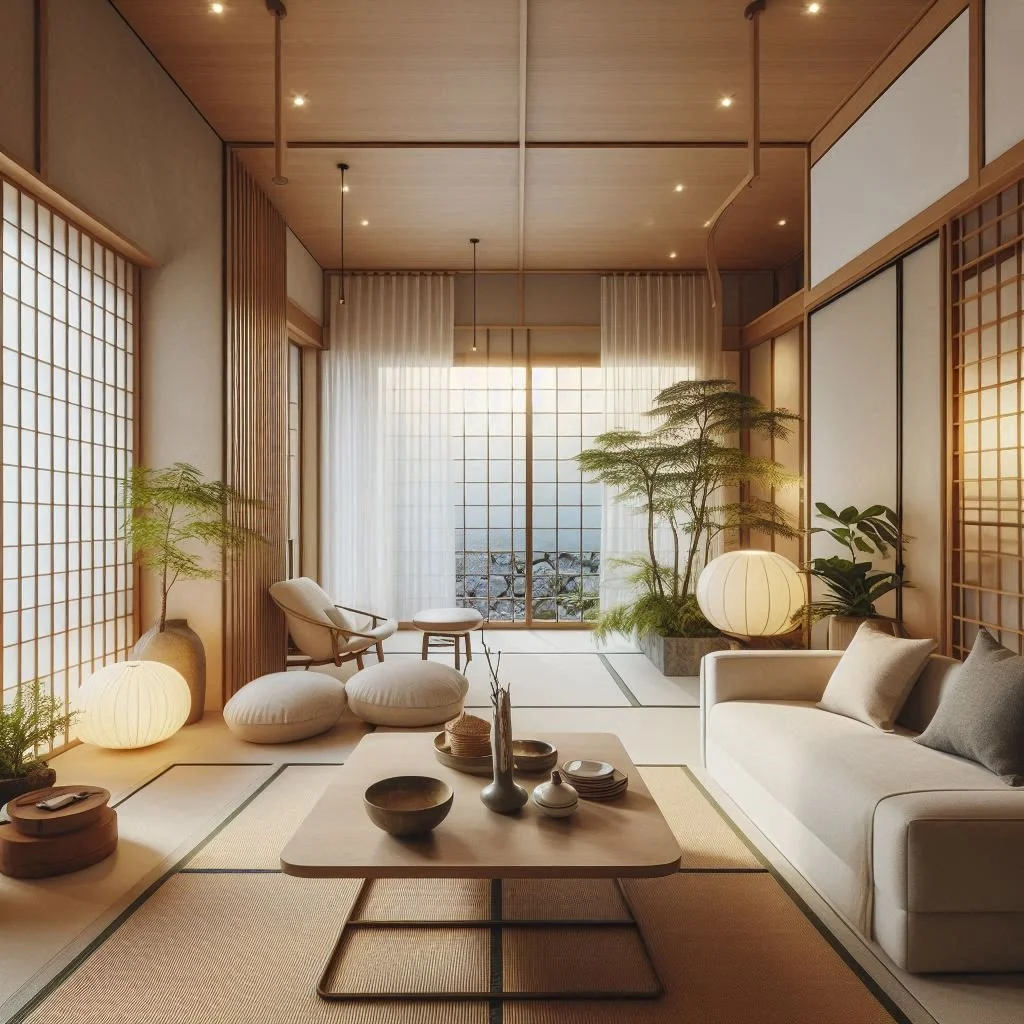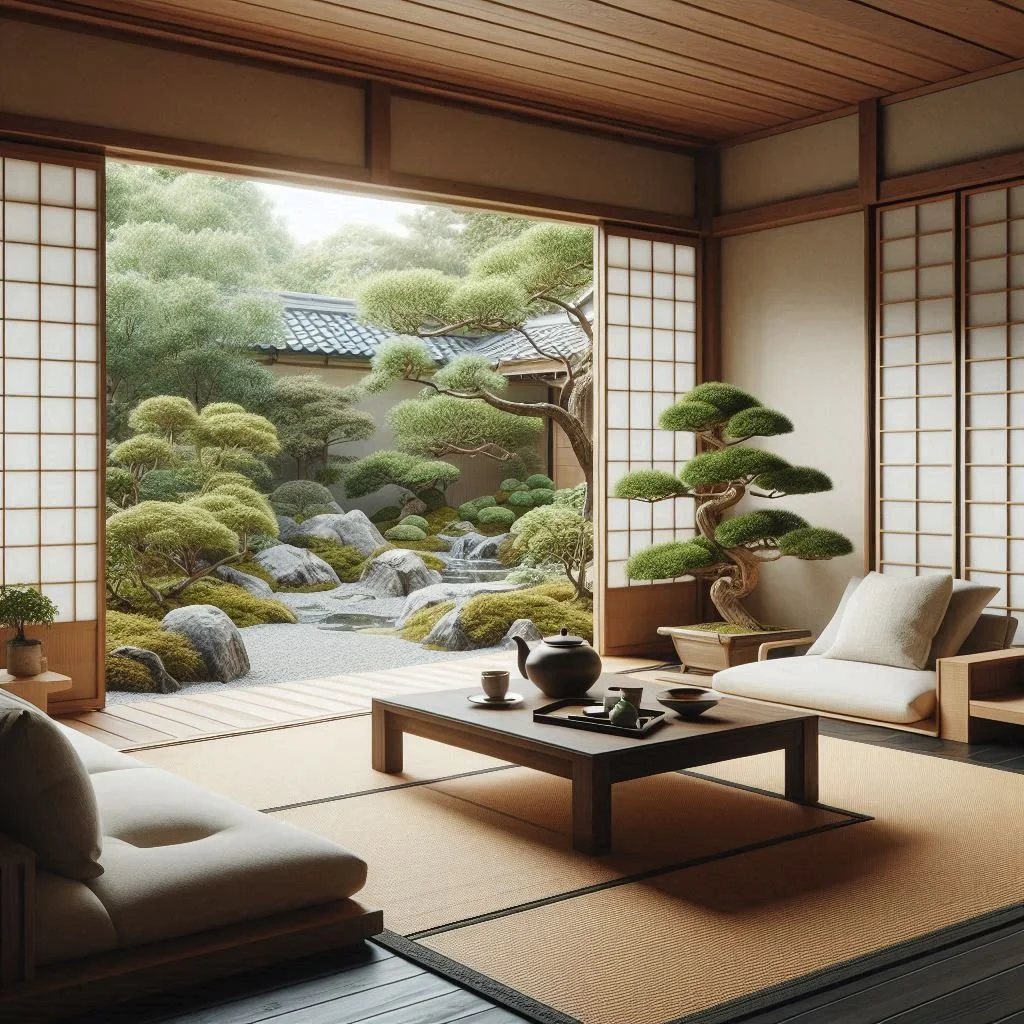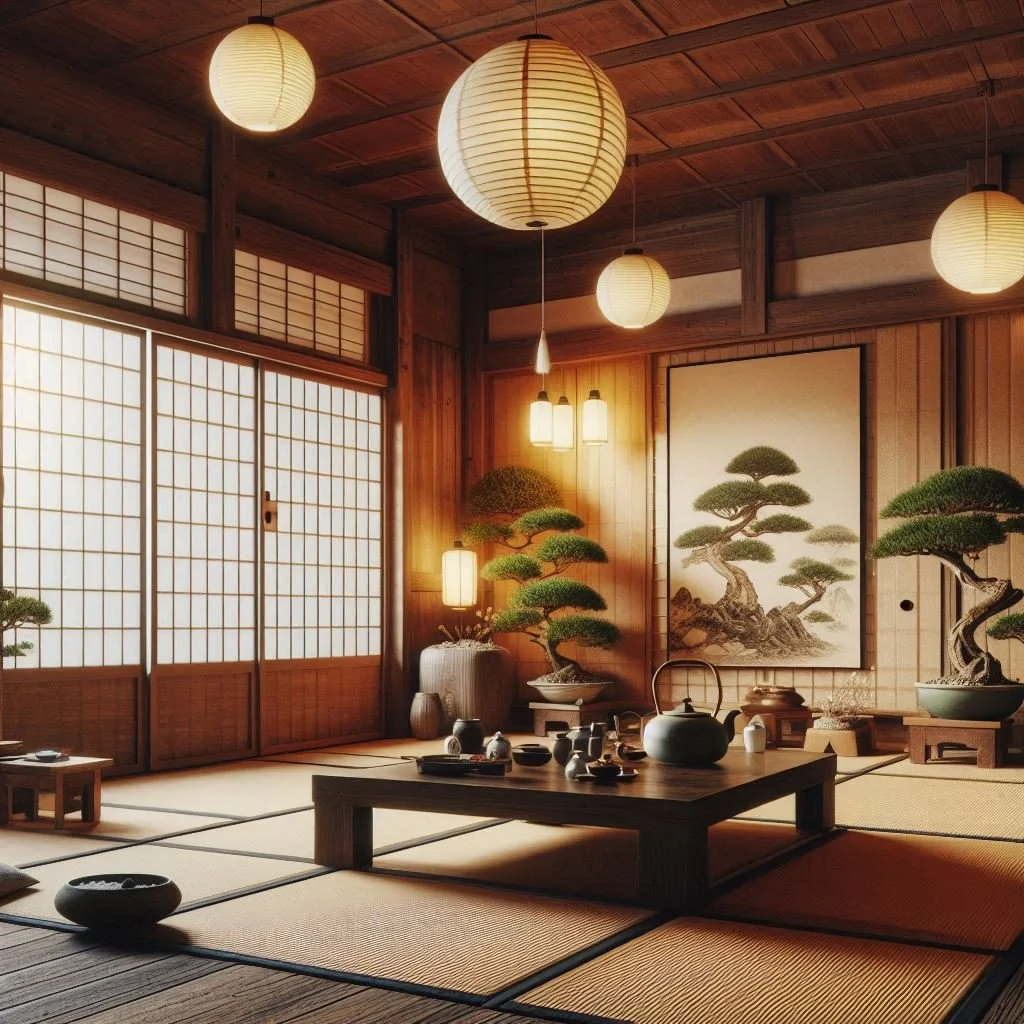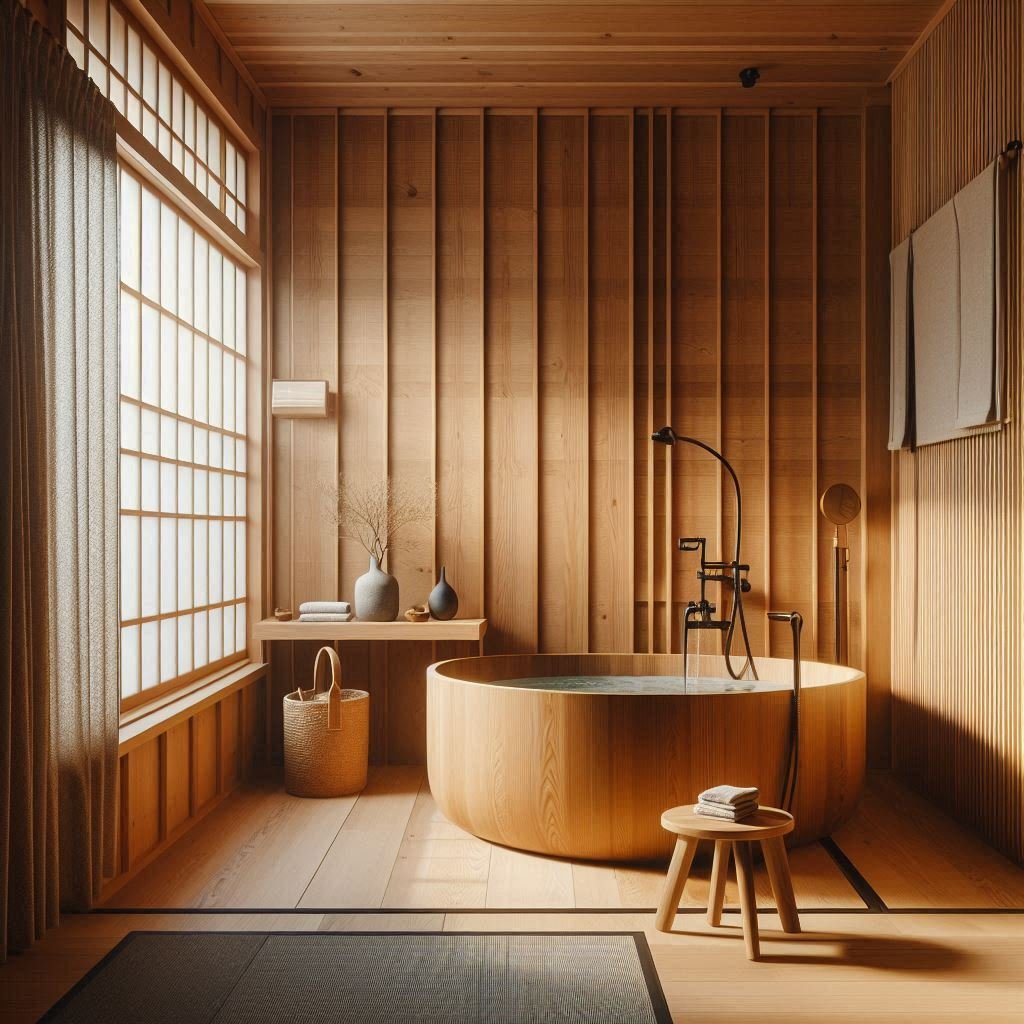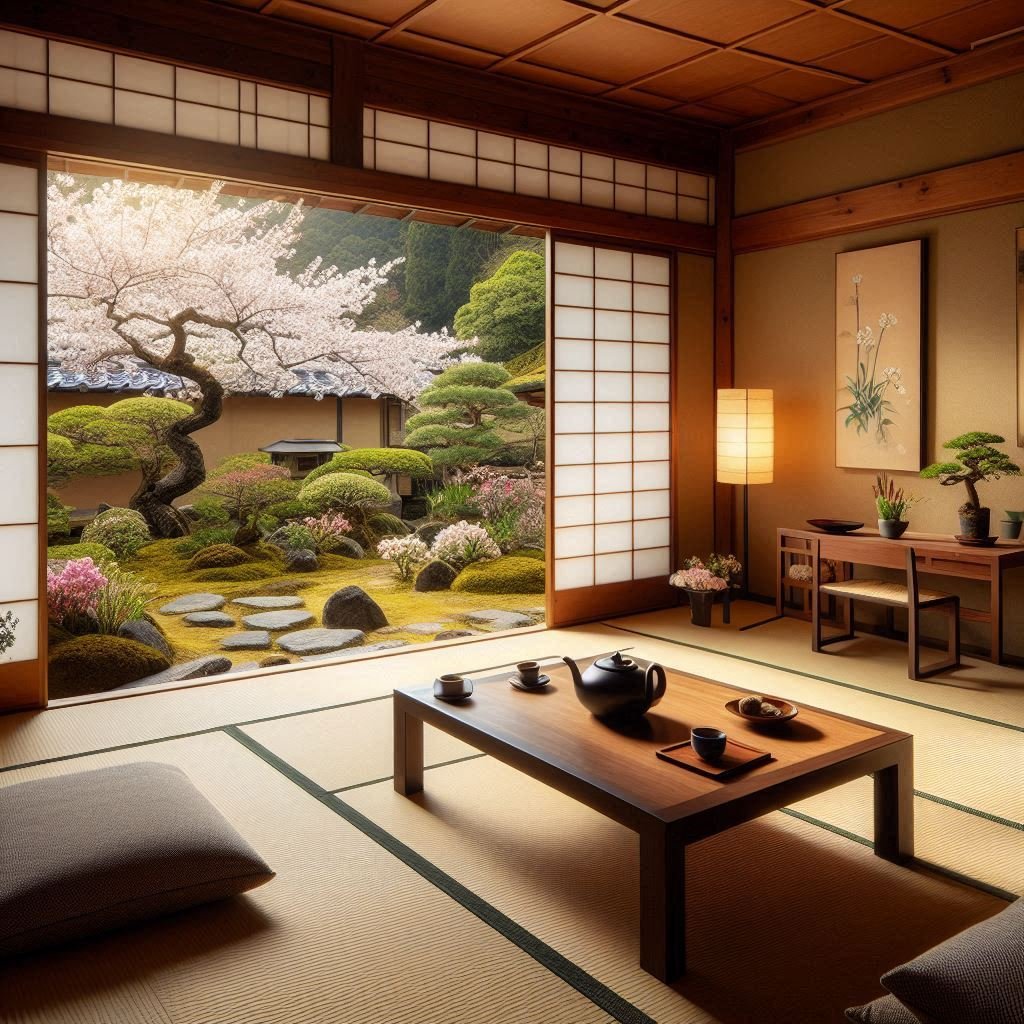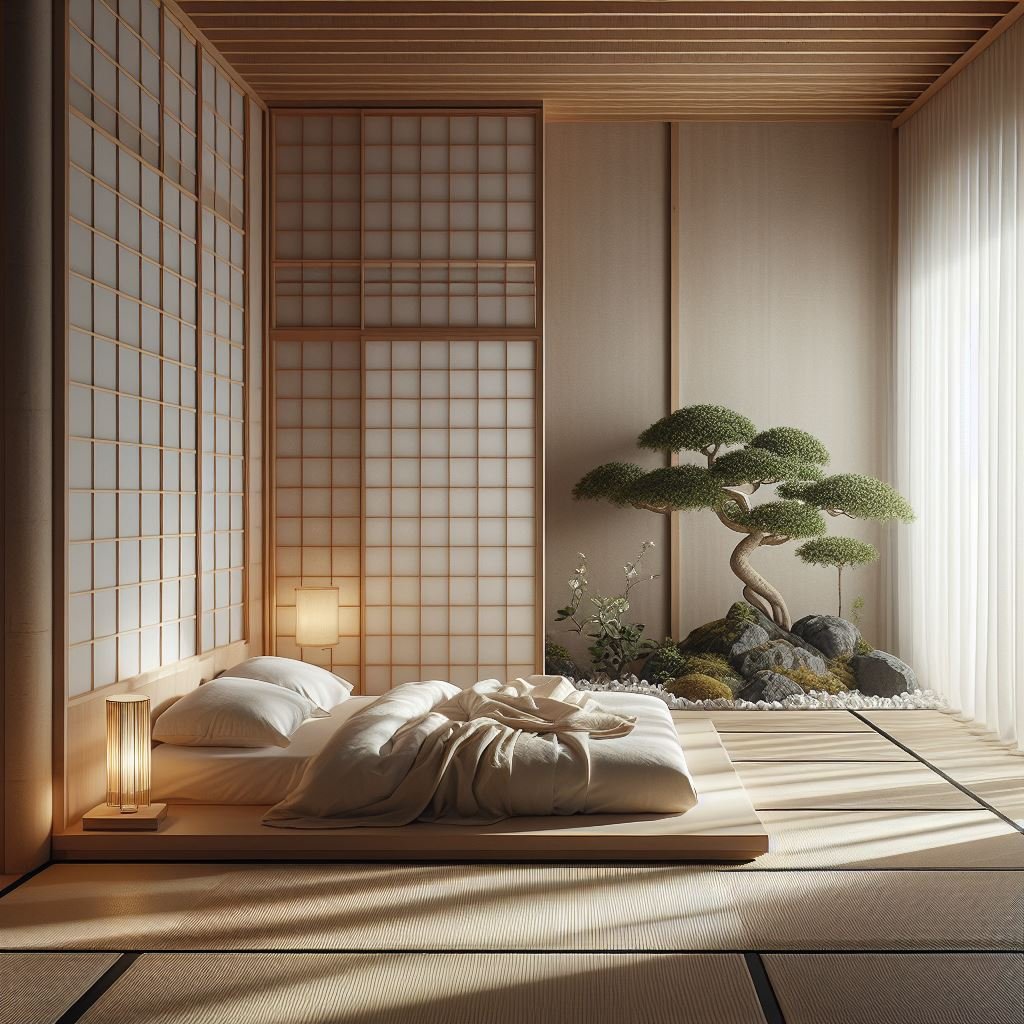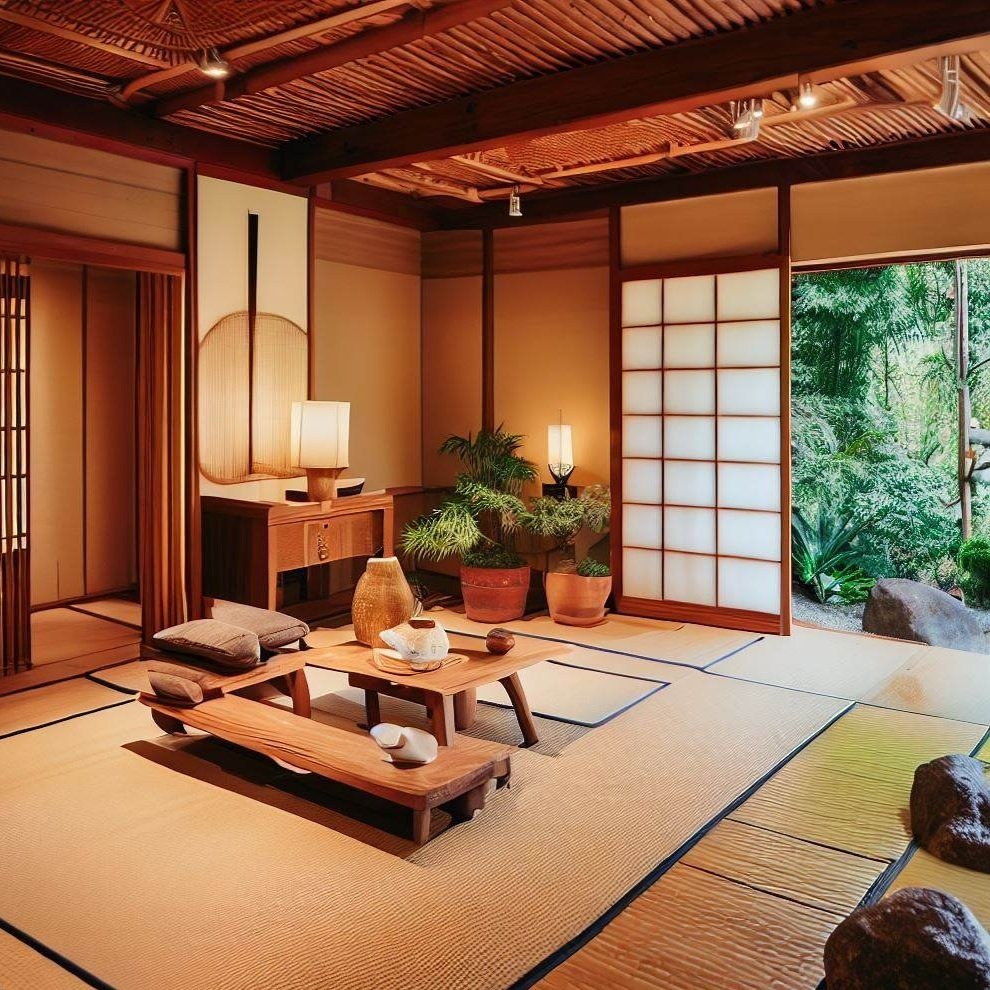15 Sleek Modern Japanese Interior Design Ideas
Discover 15 sleek modern Japanese interior design ideas that blend minimalism, natural elements, and functionality for a harmonious and stylish home.
Are you looking to transform your living space into a serene, stylish haven? Modern Japanese interior design might be just what you need. This design style beautifully merges minimalism, natural elements, and functionality, creating a space that exudes tranquility and elegance. Whether you want to revamp your entire home or incorporate a few elements into your existing decor, these 15 sleek modern Japanese interior design ideas will inspire you to create a harmonious and stylish living environment. Ready to dive into the world of modern Japanese design? Let’s get started!
1. Minimalist Aesthetic
Modern Japanese design is rooted in minimalism, embracing the mantra "less is more." This aesthetic focuses on simplicity and functionality, eliminating clutter to create a serene environment. Clean lines, open spaces, and thoughtfully chosen decor are key elements. Furniture is kept low and streamlined, often incorporating natural materials like wood and bamboo. Neutral color palettes, with occasional touches of muted greens or blues, enhance the calming atmosphere. Natural light is maximized, often through large windows or sliding glass doors, to create a harmonious connection with the outdoors. By prioritizing quality over quantity, modern Japanese design fosters a peaceful, contemplative living space that promotes relaxation and mindfulness.
2. Natural Materials
Incorporating natural materials is essential for achieving a modern Japanese look. Common choices include wood, bamboo, and stone, which add warmth and texture while bringing a sense of nature indoors. Wooden elements, like low-profile furniture and exposed beams, create a cozy, organic feel. Bamboo accents, such as screens and flooring, contribute to the minimalist aesthetic and offer durability. Stone, whether used in flooring, countertops, or decorative pieces, adds a grounding element and enhances the tranquil atmosphere. These natural materials seamlessly blend indoor and outdoor environments, fostering a serene, harmonious space that reflects the beauty of nature and aligns with the principles of modern Japanese design.
3. Open Space Concept
An open space concept is a hallmark of modern Japanese design, promoting a sense of flow and continuity throughout the home. Removing unnecessary walls and barriers creates a spacious, airy feel, making your home more inviting and comfortable. This design approach allows natural light to permeate the space, enhancing the overall ambiance. Furniture is arranged to encourage movement and interaction, while maintaining a clean and uncluttered aesthetic. The seamless transition between different areas fosters a harmonious environment, perfect for relaxation and socializing. By embracing an open space concept, you can create a home that feels both expansive and intimate, capturing the essence of modern Japanese living.
4. Sliding Shoji Doors
Sliding Shoji doors are a quintessential element of Japanese interiors, offering both functionality and aesthetic appeal. Made from translucent paper set within wooden frames, Shoji doors allow soft light to filter through, creating a serene and diffused glow. These doors provide privacy while maintaining an open, airy feel, making them ideal for separating spaces in a way that doesn’t disrupt the overall flow of a room. Their minimalist design complements various decor styles, adding a touch of traditional elegance. Perfect for living rooms, bedrooms, or dividing open spaces, Shoji doors embody the balance of simplicity and beauty central to Japanese interior design.
5. Low Furniture
Low furniture, such as floor cushions, low tables, and platform beds, is a staple in modern Japanese design, embodying the principles of minimalism and simplicity. This style promotes a closer connection to the ground, fostering a sense of grounding and calm. Floor cushions and low tables create intimate, cozy seating arrangements, ideal for gatherings and relaxation. Platform beds maintain a sleek, unobtrusive profile, enhancing the open, airy feel of the space. This approach to furniture not only maximizes space but also encourages mindfulness and tranquility, aligning with the Zen philosophy that underpins modern Japanese interiors. Embracing low furniture can transform your home into a serene retreat.
6. Zen Garden
A small indoor Zen garden can be a beautiful and calming addition to your home, offering a serene retreat for reflection and meditation. Whether it's a traditional rock garden with meticulously raked sand and carefully placed stones, or a simple arrangement of plants and pebbles, a Zen garden promotes tranquility and mindfulness. Incorporate elements like moss, bonsai trees, or miniature bridges to enhance the natural beauty. The act of tending to your Zen garden can be meditative, helping to reduce stress and cultivate a sense of inner peace. This peaceful space not only enhances the aesthetic of your home but also provides a daily reminder to slow down and connect with the present moment.
7. Neutral Color Palette
A neutral color palette is essential in modern Japanese design, creating a calming and cohesive look. Shades of white, beige, gray, and soft pastels dominate the space, enhancing the tranquil atmosphere. These colors serve as a subtle backdrop, allowing the natural materials and clean lines of the design to stand out. By minimizing visual distractions, a neutral palette promotes relaxation and mindfulness. Whether through wall colors, furniture, or decor, these soothing hues contribute to a serene and harmonious environment, reflecting the principles of simplicity and balance central to modern Japanese aesthetics.
8. Natural Light
Maximize natural light to enhance the airy, open feel of your space. Large windows, skylights, and open layouts allow daylight to flood your home, creating a bright and inviting atmosphere. Natural light not only makes rooms appear larger and more welcoming but also boosts mood and well-being. Consider using sheer curtains or blinds that can be easily adjusted to control the amount of light entering the space. Reflective surfaces, such as mirrors and glass, can further amplify the light, ensuring even the deepest corners of your home are illuminated. Emphasizing natural light aligns with the principles of modern Japanese design, fostering a serene and harmonious living environment.
9. Indoor Plants
Indoor plants are a fantastic way to bring nature inside and enhance a serene atmosphere in your home. Choose plants that thrive in indoor environments, such as bonsai trees, bamboo, and ferns. These plants not only add a touch of green but also purify the air, making your living space healthier and more vibrant. Bonsai trees offer a miniature, artistic touch, while bamboo and ferns bring a sense of tranquility and freshness. Placing these plants in your home can create a peaceful, natural ambiance, making your space feel more inviting and connected to the outdoors.
10. Tatami Mats
Tatami mats are traditional Japanese floor coverings made from rice straw that add natural texture and authenticity to your home. These mats can transform any room, creating a serene and grounded atmosphere. Ideal for a traditional tea room, tatami mats can also serve as comfortable and stylish floor coverings in living areas, bedrooms, or meditation spaces. Their natural, earthy tones complement a variety of decor styles, enhancing the overall aesthetic while providing a soft and durable surface. Incorporating tatami mats into your home not only reflects an appreciation for Japanese culture but also adds a unique and tranquil touch to your interior design.
11. Clean Lines and Simplicity
Emphasize clean lines and simplicity in your decor to achieve a harmonious and balanced space. Avoid ornate or overly decorative elements, which can disrupt the serene atmosphere. Instead, opt for sleek, functional pieces that complement the room's aesthetic without overwhelming it. Minimalist furniture, neutral color palettes, and thoughtfully selected accessories contribute to a cohesive and tranquil environment. By focusing on simplicity and functionality, you create a space that feels open, calm, and inviting. This approach not only enhances the visual appeal of your home but also promotes a sense of peace and relaxation, making it a perfect sanctuary from the hustle and bustle of everyday life.
12. Multi-Functional Spaces
Modern Japanese design often incorporates multi-functional spaces to maximize efficiency and flexibility. For example, a room can serve as a living area during the day and a sleeping area at night. This approach not only saves space but also enhances the minimalist aesthetic. Sliding doors, foldable furniture, and built-in storage solutions are commonly used to facilitate these transitions. By designing spaces that can easily adapt to different uses, you maintain an uncluttered and serene environment. This flexibility allows for a harmonious balance between form and function, making your home both practical and aesthetically pleasing. Multi-functional spaces exemplify the essence of modern Japanese design, emphasizing simplicity, efficiency, and elegance.
13. Japanese Art and Decor
Incorporate Japanese art and decor to add a touch of cultural authenticity to your home. Simple yet elegant pieces, such as calligraphy, ceramics, and traditional paintings, can serve as focal points without overwhelming the space. Choose art that resonates with the minimalist and serene aesthetic of Japanese design, like a beautifully framed kanji character or a delicate porcelain vase. These elements add depth and a sense of history to your decor, enhancing the overall ambiance. By integrating authentic Japanese pieces, you create a harmonious and culturally rich environment that reflects the timeless elegance and tranquility of Japanese style.
14. Calm and Serene Atmosphere
The overall goal of modern Japanese design is to create a calm and serene atmosphere. Every element, from the color palette to the furniture, should contribute to a sense of peace and relaxation. Use neutral tones and natural materials to foster a soothing environment. Choose furniture with clean lines and a minimalist aesthetic, ensuring each piece adds to the tranquility of the space. Incorporate elements like tatami mats, soft lighting, and indoor plants to enhance the serene ambiance. By prioritizing comfort and tranquility in your design choices, you can create a harmonious and inviting space that reflects the essence of modern Japanese design.
15. Integration of Technology
While maintaining a minimalist and natural aesthetic, modern Japanese design can also seamlessly integrate technology. Concealed storage for electronics, smart home systems, and energy-efficient appliances enhance functionality without disrupting the serene ambiance. Hidden compartments and sleek cabinetry keep devices out of sight, preserving the clean lines and simplicity of the space. Smart lighting and climate control systems can be programmed to complement the natural light and ensure a comfortable environment. By thoughtfully incorporating technology, you can enjoy the benefits of modern conveniences while maintaining the tranquility and harmony that are central to modern Japanese design.
Conclusion
Creating a sleek, modern Japanese interior is all about balancing simplicity, functionality, and natural beauty. By incorporating elements like minimalist design, natural materials, and thoughtful decor, you can transform your home into a serene, stylish retreat. Whether you're making a few updates or going for a complete overhaul, these 15 ideas will help you achieve a harmonious and elegant living space. Ready to embrace the tranquility of modern Japanese design? Start your transformation today!
Frequently Asked Questions
1. How do I incorporate modern Japanese design in a small space?
Maximize light, use sliding Shoji doors, and opt for low, multi-functional furniture to create an open and airy feel in small spaces.
2. What colors are best for a modern Japanese interior?
Neutral colors like white, beige, gray, and soft pastels are ideal for creating a calm and cohesive look.
3. Can I blend modern Japanese design with other styles?
Yes, modern Japanese design blends well with minimalist, Scandinavian, and contemporary styles due to its focus on simplicity and natural materials.
4. How do I choose the right plants for a Japanese interior?
Choose indoor-friendly plants like bonsai trees, bamboo, and ferns to add a touch of nature and enhance the serene atmosphere.
5. What are some budget-friendly ways to achieve a modern Japanese look?
Focus on decluttering, using natural materials, incorporating indoor plants, and choosing simple, functional furniture pieces to achieve the look without breaking the bank.

